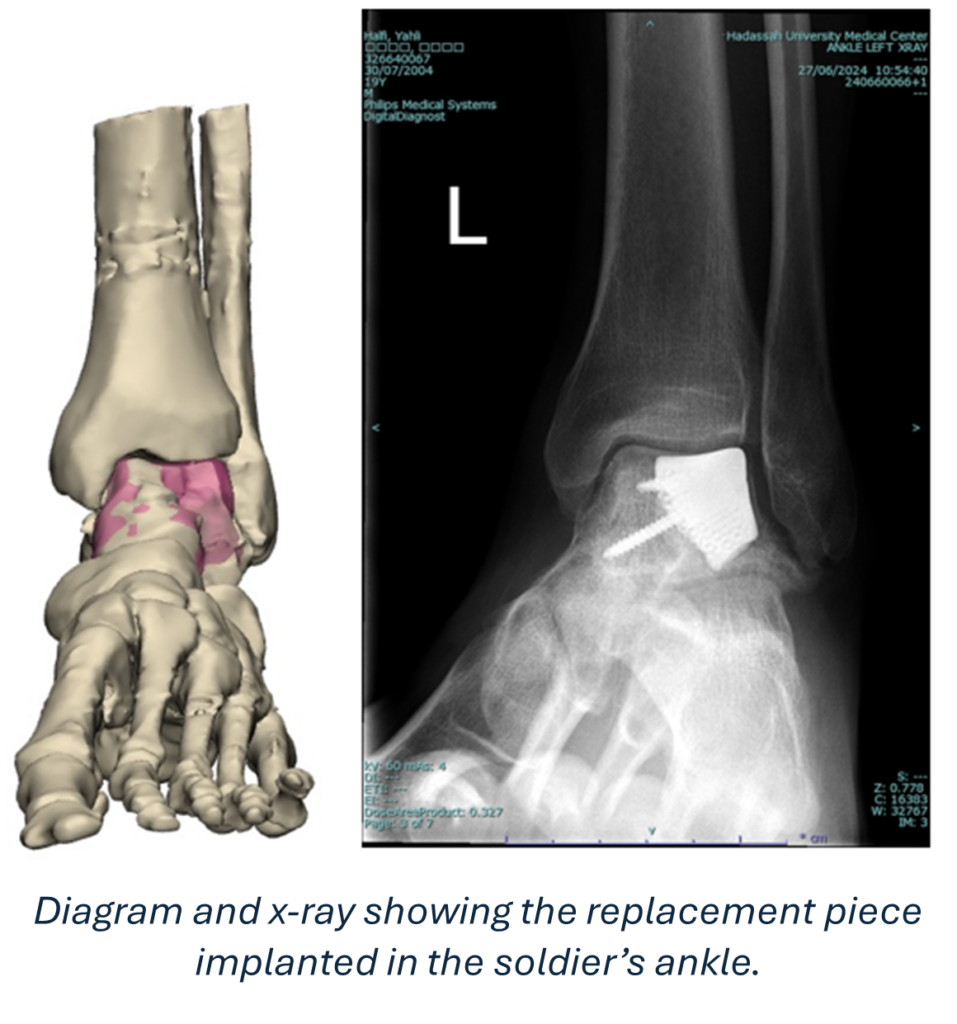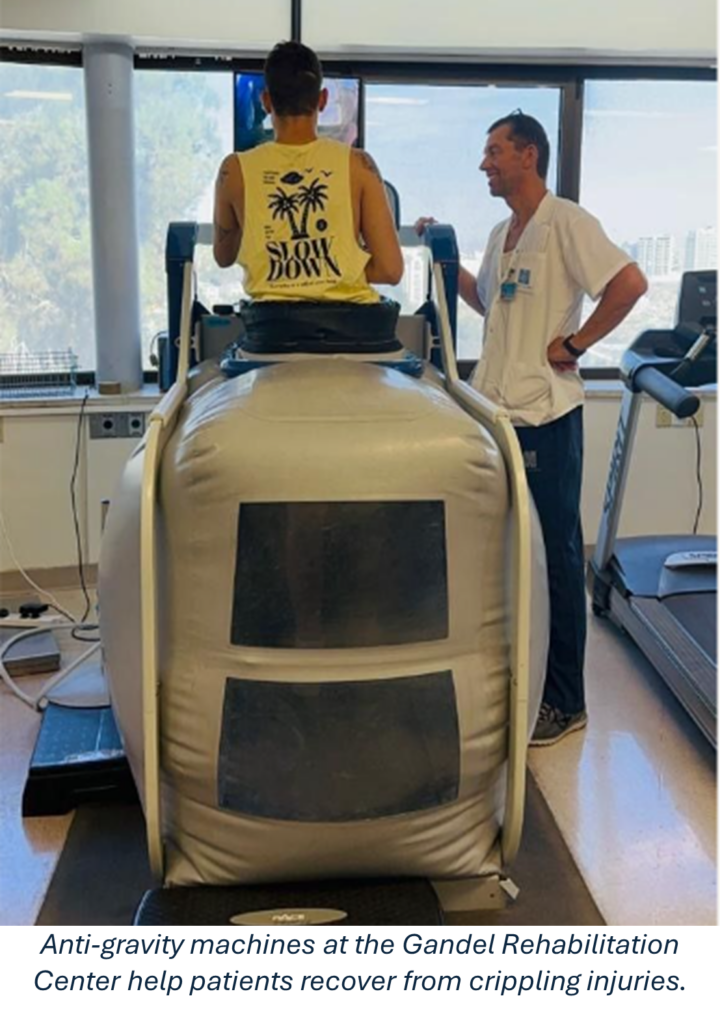
Driven by the suffering and injury of war, Hadassah Medical Organization has been pushing back the frontiers of patient care, particularly in the area of orthopedics,
“We all know that personalized medicine is a hot topic,” says Prof. Meir Liebergall, Hadassah’s outgoing head of orthopedics and spinal rehabilitation. But until now, “that’s mostly been in the area of tumor care.” Through their innovative use of new 3-D technology, though, Prof. Liebergall and his colleagues have pioneered a new field – personalized orthopedics.
“Our world in orthopedics surrounds the image,” Prof. Liebergall explains, “from diagnosis, planning, execution, evaluation, rehabilitation.” So, he and his team use advanced 3-D imaging to determine precisely what needed to be done to repair a wound, allowing for the customized, precision treatment the injured patient needed.
Prof. Liebergall shared the story of a soldier who had been shot in the foot, with the bullet smashing a small bone in his ankle. To repair this potentially crippling injury, the Hadassah team used his healthy ankle as a template, creating a mirror image that illustrated precisely the shape and dimensions of the missing bone.
“The missing part may look small but without it, the soldier wouldn’t be able to walk,” Prof. Liebergall explains. “Thanks to this technology, though, we knew what we had to do to help him return to normal activity. We 3-D printed the missing part out of titanium, preparing a patient-specific implant.”
Groundbreaking as it was, the surgery wasn’t the end of the story. Having the right rehabilitation environment was key.
“The soldier wasn’t allowed to put his weight on the ankle for at least two months,” Prof. Liebergall explains. In a modern facility like the Gandel Rehabilitation Center, though, “we have the ability to simulate walking in anti-gravity equipment.”
The combination of 3-D technology and state-of-the-art rehabilitation facilities had the desired effect. “Three months later, he’s walking again,” Prof. Liebergall says. “For anyone who knows how difficult ankle restoration is, this is a unique case.”
“We need more of that,” the Professor continues, underscoring the link between his team’s pioneering orthopedic techniques and the Gandel Rehabilitation Center’s visionary approach to the patient’s post-operative recovery.
“So far, we’ve only managed to open two-and-a-half floors” in the new center, the Professor concludes. “We need to open all of them.




